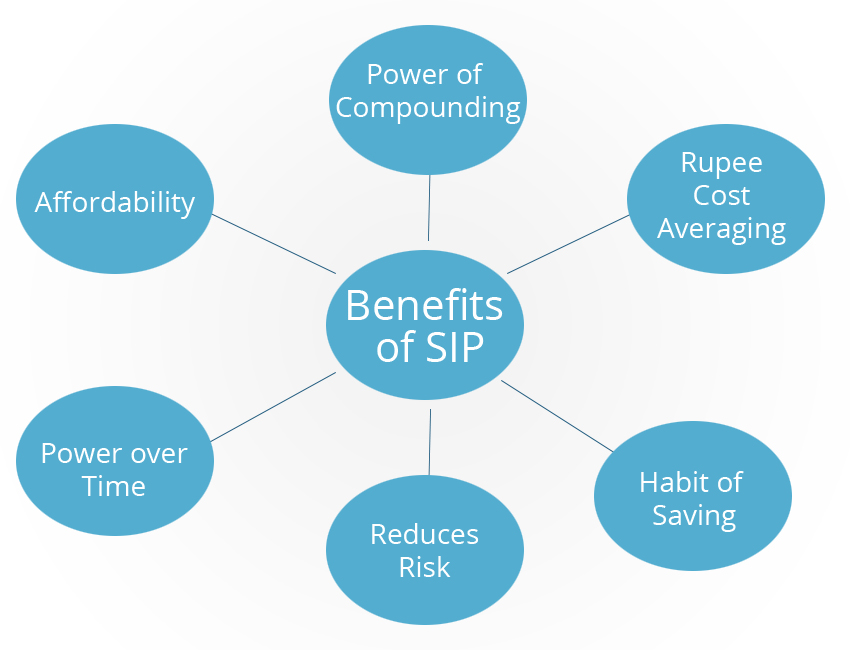Where to invest money now is the question of the new decade. If you invest money safely, you earn almost nothing. Invest in higher-risk asset classes and you may encounter problems. Here we look for where to invest to make the most of it from the point of view of the average investor.
In 35 years of investing money on retirement, I have never found the question of where to invest more difficult than it is now. It is a new frontier where interest rates are extremely low in a weak and/or uncertain economy. Let’s make the most of it and look at the alternatives. For the vast majority of investors, the answer to where to invest begins with mutual funds, the investment of choice offers many possibilities. We will start with the safest funds that are offered.
Money funds invest their money in safe money market securities and pay interest in the form of dividends that increase when interest rates rise and fall when rates fall. They currently pay returns close to zero after expenses, reflecting the current state of the money market. Eventually, interest rates will increase and money funds will be more attractive. Meanwhile, take a look at the tax-free versions that pay interest-free of federal taxes. Believe it or not, many of them are paying a higher dividend yield than their taxable counterparts.
Bond funds have been the traditional answer to where to invest money to get more interest income. That is the good news. The bad news is that, in terms of money investment and changes in interest rates, they are the other side of money funds. Bond funds do not become more attractive as interest rates rise. Instead, they lose money, and so do their investors. This is where to invest and what to avoid in this category of funds.
The objective of the bond funds is a higher interest income; and not large profits or capital gains that are commonly associated with stock funds. Visualize bond funds as an attempt to squeeze dividend yields of 5% plus or minus after expenses with a moderate risk compared to something like 2% or less of your local bank (virtually no risk). When considering where to invest in bond funds, the cost of investing is an important consideration. Sales charges of 4% in advance and annual expenses of 1% or more only work to reduce a substantial portion of your total return.
Also, avoid bond funds with the highest dividend yields because they tend to be risky. This includes long-term, low-quality bond funds or “junk bond funds.” Your best bond funds today: a combination of short and medium-term funds, from the variety of no-load indexes. Your risk will be lower and the total investment cost can be as low as ¼% per year with these funds. Also look for bond funds that are exempt from short-term taxes, without a charge. Your dividends are free of federal income taxes, plus your returns may also be attractive relative to your taxable counterparts.
The key to invest in stock funds in times of uncertainty: keep the cost of investing and expand your horizons. Go with stock index funds with no charge whenever possible. You can pay the sales charges of more than 5% of the top and pay the annual expenses of more than 2% per year in the incorrect stock funds. Or you can pay less than ½% per year for expenses and pay nothing in sales charges. Expand your horizons by adding international stock funds and special funds such as real estate and gold funds to your portfolio.
In their search for where to invest, many investors have opted for balanced funds called objective retirement funds. Their attraction is that they manage their money by investing both in stocks and bonds … depending on how far away they are from retirement. Before investing money here, look closely at both cost and risk. Notoriously, both can be higher than you would expect if you go with the wrong fund companies.
A retired financial planner, James Leitz holds an MBA (finance) and 35 years of investment experience. For 20 years he advised individual investors, working directly with them helping them achieve their financial goals.



